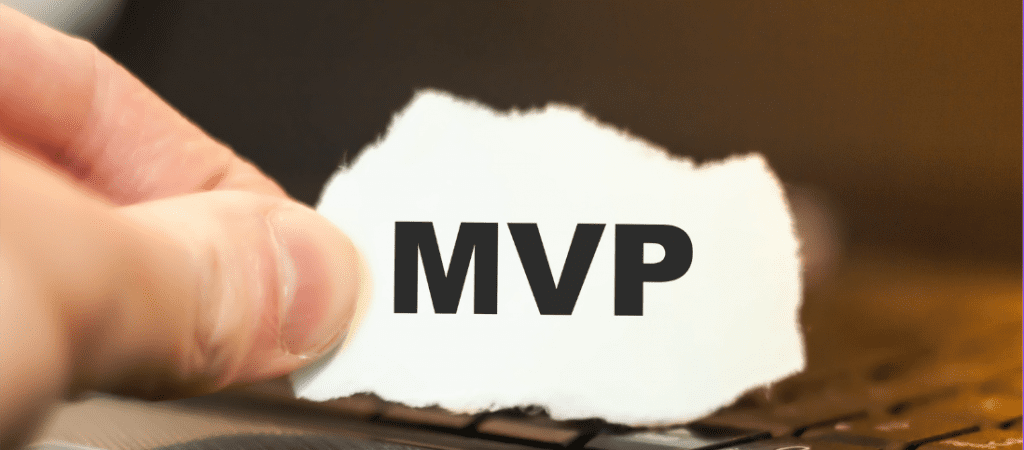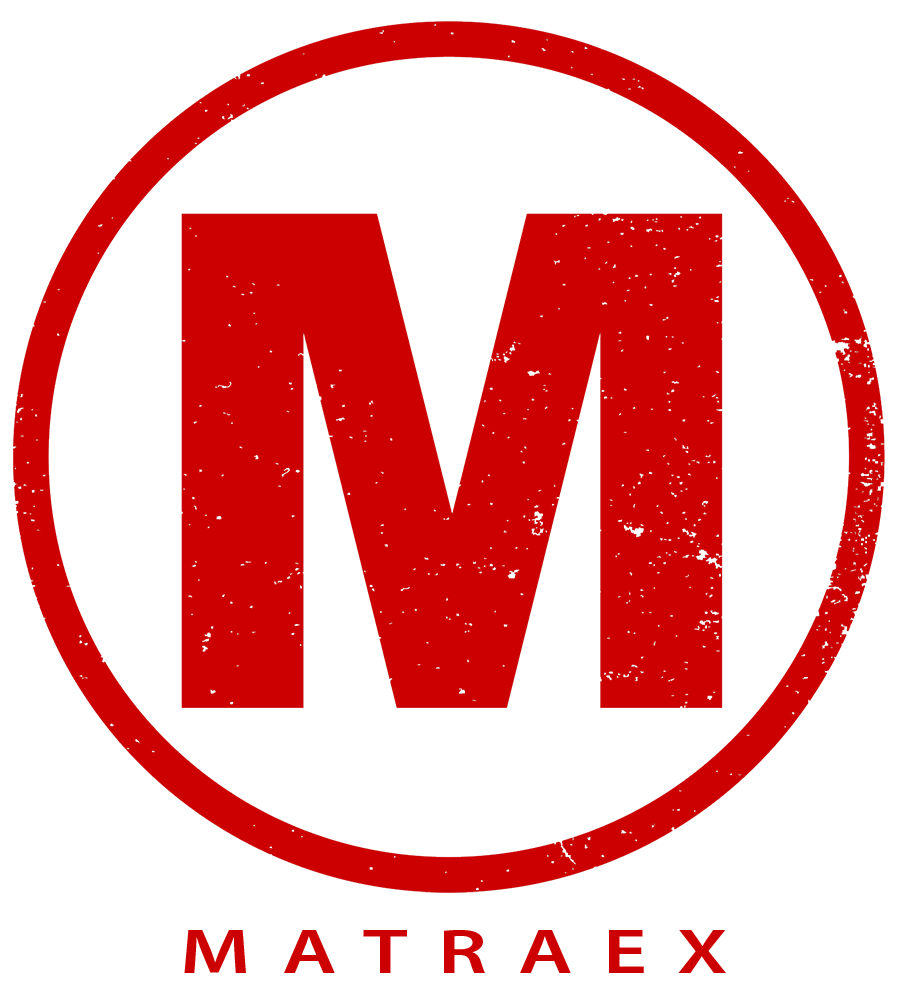Tag: writing an mvp
What Is an MVP and Why Should I Consider One?

According to Techopedia, an MVP (minimum viable product) is “a development technique in which a new product or website is developed with sufficient features to satisfy early adopters. The final, complete set of features is only designed and developed after considering feedback from the product’s initial users.”
In other words, an MVP contains 80% of the app’s value with only 20% of the features. It is an initial version of an app that will provide users with what is necessary to perform the primary functions of the app, but without the functionality, the “bells and whistles” that it is likely to acquire later on. Many of those later functions will be determined by feedback from the users that the app is intended for.
This article will answer the following questions about MVPs:
What features are usually included in an MVP?
An MPV will have the basic content that is required for a user to navigate through the app including these essential features:
- Login/Registration. This allows users to create accounts and log in to the app. This is important in an MVP because it allows users to store and access their information as well as customize their experience.
- Home Screen. This provides users with an overview of the app in addition to quick access to the most popular features. This allows users to quickly orient themselves with the app and find what they are looking for.
- Search: This feature allows users to quickly and easily search for content within the app so they can find what they need without having to scroll or navigate through the app.
- Notifications: This feature sends users reminders and updates about the app. This helps to keep users engaged and up-to-date on the app’s content.
- Customer Support. So users can get help or support when they encounter problems with the app. This helps to ensure that users have a positive experience with the app.
- Basic Analytics. This will track user behavior and help to make decisions based on data.
- Revenue generation/checkout capability (when needed). This feature allows for users to pay for services and products that are offered through the app.
- Social integrations, which allow users to interact with you or with each other.
What features are included in the MVP are determined by the unique needs and requirements of the app visionary who has envisioned the software and the end users. The product user also helps to determine what features are necessary to have in the app right away.
What is not usually included in an MVP?
Non-essential or expensive content is generally not included in the MVP but will be added later based on demand and the feedback of the app’s users. This can include any of the following:
- Custom design. It tends to be costly and time consuming to implement and most users will not notice it if it is missing.
- Integrations with third-party services. These can also be expensive and difficult to set up,and they often require additional development down the line.
- Scale support, which consists of different methods of support, determined on the type of support and how in-depth the support is that one needs.
- Value proposition, which, according to Investopedia, is “the value a company promises to deliver to customers should they choose to buy their product.” This tends to be left out because, during the MVP stage of an app, the final value of the app to its users is to be determined.
- Differentors, which are features that set you apart or make you unique from your competition.
- Customized User Flows that allow users to personalize their app experience but are not necessary for the primary functionality of the app.
- Advanced analytics and reporting. This type of feature often requires a lot of data and can be time-consuming to set up correctly.
- AI and machine learning. They are both complex technologies, and it can take a lot of time and effort to implement them correctly.
If any of these features are essential for the primary use of the app, they would be included in the MVP. What features are included in the MVP is determined by the unique needs and requirements of the app visionary who has envisioned the software and the end users. The product user also helps to determine what features are necessary to have in the app right away.
What are the reasons to consider an MVP?
There are many reasons for a business, organization, or institution to consider launching an app as an MVP.
- It’s cost effective. An MVP allows the app founder to test the viability of a product while avoiding the expense required to develop a full-featured product. This can help to have money and resources.
- It’s quick to market. An MVP can be released quickly. Then the product owner can make adjustments to the app based on customer feedback.
- It allows for iteration. An MVP allows the product owner to quickly test and change features based on user feedback. They can even pivot the purpose of the app according to feedback. This allows them to improve the app quickly and efficiently.
- It helps the app founder to assess their market. An MVP allows the founder to see if there is a market for the app by gauging user interest.
- It encourages early adoption. An MVP encourages early adopters to try the app and give feedback, which can help the founder to make improvements and increase the app’s value.
- It focuses on core features and, by doing so, eliminates unnecessary features. This helps to create a final app that is simple and user-friendly.
- It allows for early testing. This allows for users to test the app early in the app development process and make improvements based on user feedback.
- It gives the app founder a competitive edge because it allows you to get the app quickly to market and establish a foothold in that market.
- It makes it easier to find and receive funding. Investors are more likely to invest in an app that already has a proven concept and a user base.
- It allows the product owner to make informed decisions about the app, its features, and its pricing. This can help the app founder make the most of their investment and increases their chances of success.
How do I prepare an MVP?
There are several steps that a product owner can take that will help them create an MVP for their app:
- Identify the problem that the app is intended to solve. The product owner needs to understand the needs and pain points of the user and then use the information to define the problem that needs to be solved. The product owner can determine these needs through surveys, interviews, and focus groups. Additionally, the product owner should conduct research to determine what potential solutions are already on the market. This will help the product owner determine if his app has a market and if he could potentially find a less costly solution for the problem.
- The product owner needs to then define the goals of the MVP and what the app should accomplish. This should be done in close collaboration with stakeholders, including customers, investors, and the development team. These goals should be specific and measurable so they can be tracked over time.
- The app founder needs to brainstorm a list of features that should be included in the app and then prioritize the features based on their importance to the user. This can be done by creating a feature matrix that evaluates each feature on a scale of importance and value. Any feature that is deemed indispensable should be a part of the MVP.
Can an app that starts as an MVP become successful?
Absolutely! Many well-known or popular apps started as MVPs. If you choose to start your app with one, you’ll be in good company. Apps that started as MVPs include the following:
- Facebook. Mark Zuckerburg initially designed Facebook for his fellow classmates who attended Harvard University to connect. He then expanded it to other universities while adding additional features, and it was eventually released to the public.
- Airbnb. The founders of Airbnb, Brian Chesky and Joe Gebbia, originally created Airbnb to rent out an air mattress in their loft in San Francisco for an upcoming conference. Now, people across the world use it to find and rent accommodations.
- Amazon. When Jeff Bezos started Amazon, it was designed for him to purchase books from distributors and then ship them to customers when he received orders. Now, Amazon sells products worldwide, and many merchants use it to conveniently sell their products.
- Uber. Uber originally started as “Uber Cabs”. It was designed to solve the difficulty in locating taxis in the traditional way. Now, anyone can drive for Uber and many additional features are offered. Those features include tracking your drive and cost-estimating.
Matraex is a premier desktop and mobile app development company based in Boise, Idaho. Do you have other questions that you need answered before going through with an app project? Take a look at our blog for answers to your questions. Particular blogs that may interest you include “What Are Problems that Occur When Developing an App?” and “How Much Does a Custom App Cost?” If you have any questions that have not yet been answered in one of our blogs, contact us, give us a call at (208) 344-1115, or leave a question on our Google Business page. We want to make sure that all of your questions are answered before you start designing your custom app so you get exactly what you’re searching for.
Sign up to receive answers to your questions delivered directly to your inbox!
